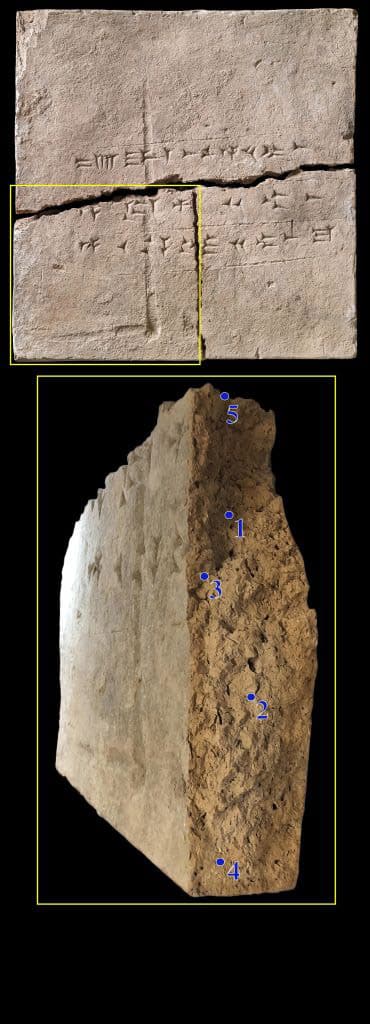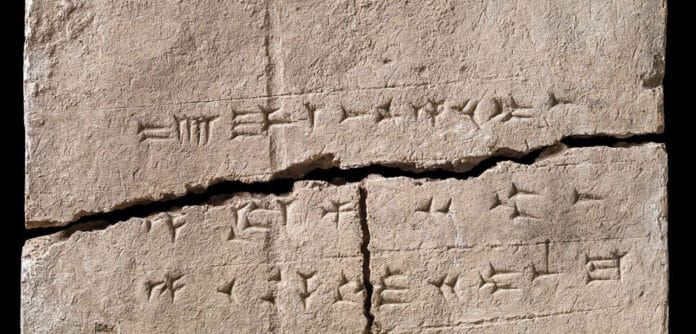Ancient DNA sequencing technology has recently advanced, offering fascinating new information about the civilizations that came before us. These techniques’ full potential has yet to be realized, though.
Scientists from the University of Oxford, researchers have successfully extracted ancient DNA from a recently exposed fracture surface of a 2,900-year-old clay brick. The brick was derived from the palace of King Ashurnasirpal II (883–859 BCE) in Nimrud, Iraq.
The examination provides an interesting look at the variety of plant species cultivated at that time and location. It may pave the way for comparable research on clay samples from other locations and eras.
The team of experts collected samples from the brick’s inner core during a digitalization project at the Museum in 2020, indicating little chance of DNA contamination since the brick was made. The team used a procedure previously used for other porous materials, such as bone, to extract DNA from the samples.
Following the sequencing of the collected DNA, the scientists could classify plants into 34 different taxonomic categories. The plant families with the highest abundance of sequences were Ericaceae (heather) and Brassicaceae (cabbage). The Betulaceae (birch), Lauraceae (laurels), Selineae (umbellifers), and Triticeae (cultivated grasses) families.

Thanks to the interdisciplinary team’s composition of assyriologists, archaeologists, biologists, and geneticists, they could compare their findings with contemporary botanical data from Iraq and historic Assyrian plant descriptions.
Dr. Sophie Lund Rasmussen (Wildlife Conservation Research Unit, Department of Biology, University of Oxford), joint first author of the paper, said: “We were thrilled to discover that ancient DNA, effectively protected from contamination inside a mass of clay, can successfully be extracted from a 2,900-year-old brick. This research project is a perfect example of the importance of interdisciplinary collaboration in science, as the diverse expertise included in this study provided a holistic approach to investigating this material and the results it yielded.”
Most of the brick would have been formed from mud collected nearby the Tigris River, combined with chaff, straw, or animal dung. It would have been molded into shape before being written in cuneiform script and drying in the sun. The genetic material trapped within the clay would have been better preserved if the brick had not been burned but allowed to dry naturally.
This study also offers evidence and method that could be applied to many other archaeological sources of clay from different places and periods around the world to identify past flora and fauna.
Dr. Troels Arbøll, joint first author of the paper and junior research fellow at the Faculty of Asian and Middle Eastern Studies, University of Oxford, when the study was conducted, said, “Because of the inscription on the brick, we can allocate the clay to a relatively specific period of time in a particular region, which means the brick serves as a biodiversity time-capsule of information regarding a single site and its surroundings. In this case, it gives researchers unique access to the ancient Assyrians.”
Journal Reference:
- Arbøll, T.P., Rasmussen, S.L., de Jonge, N. et al. Revealing the secrets of a 2900-year-old clay brick, discovering a time capsule of ancient DNA. Sci Rep 13, 13092 (2023). DOI: 10.1038/s41598-023-38191-w
